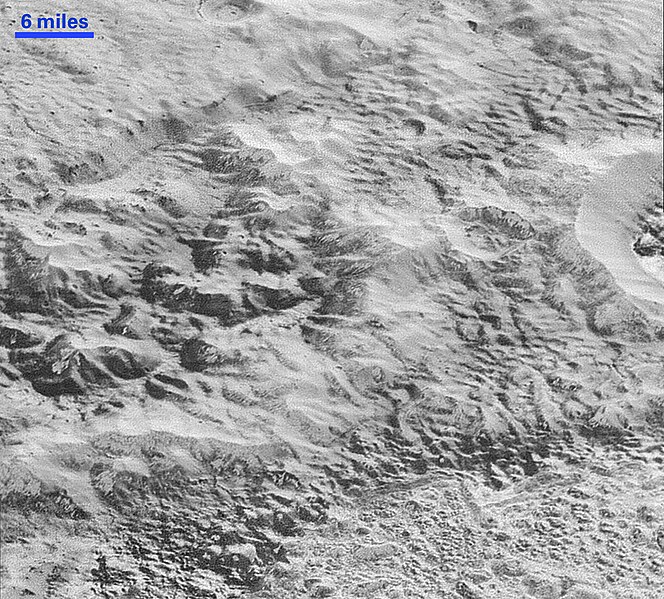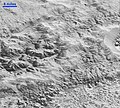File:PIA20199-Pluto-Mountains-NearSputnikPlanum-20150714.jpg
Appearance

Size of this preview: 664 × 599 pixels. Other resolutions: 266 × 240 pixels | 532 × 480 pixels | 851 × 768 pixels | 1,134 × 1,024 pixels | 2,269 × 2,048 pixels | 4,976 × 4,492 pixels.
Original file (4,976 × 4,492 pixels, file size: 1.75 MB, MIME type: image/jpeg)
File history
Click on a date/time to view the file as it appeared at that time.
| Date/Time | Thumbnail | Dimensions | User | Comment | |
|---|---|---|---|---|---|
| current | 17:22, 6 December 2015 |  | 4,976 × 4,492 (1.75 MB) | Drbogdan | User created page with UploadWizard |
File usage
The following page uses this file:
Global file usage
The following other wikis use this file:
- Usage on es.wikipedia.org


